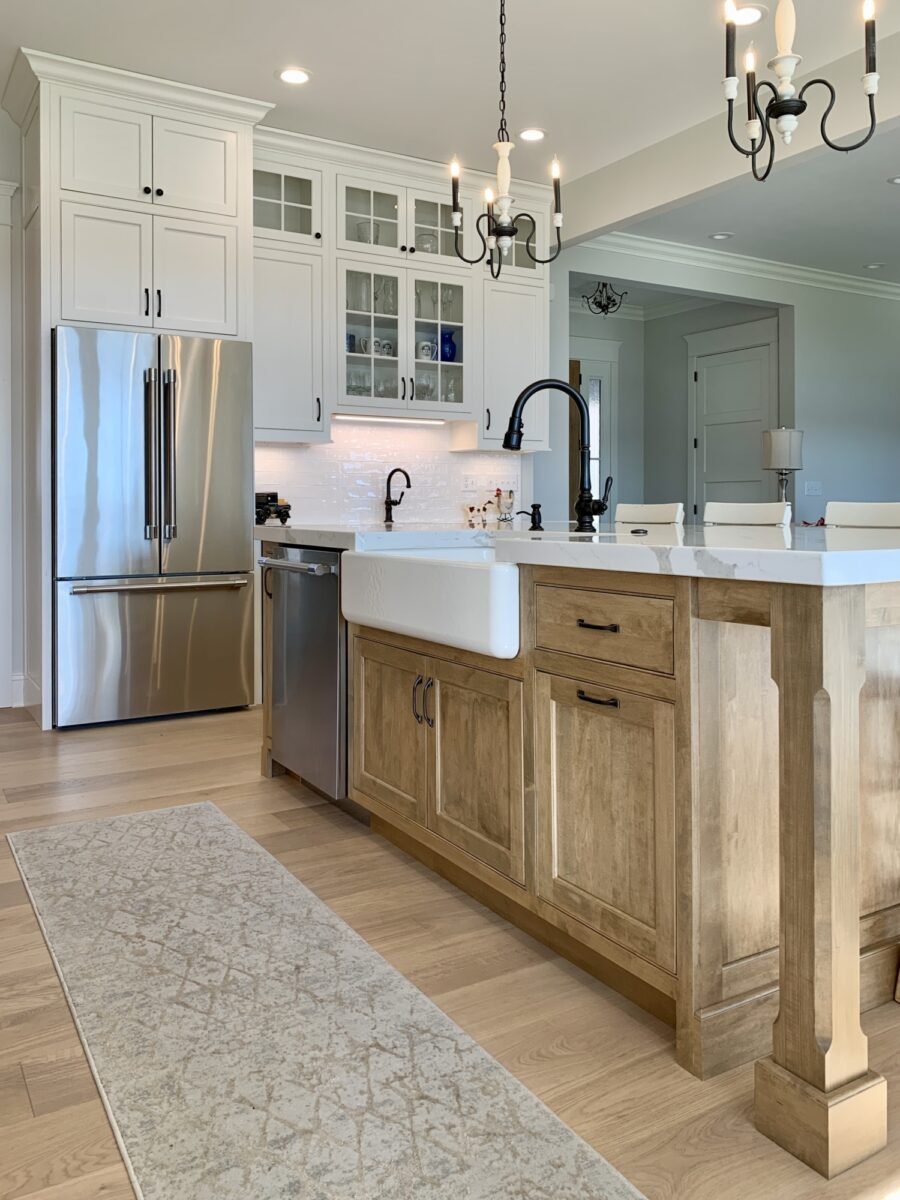Check Out Timeless Options in Standard Legs For Kitchen Island Styles
Check Out Timeless Options in Standard Legs For Kitchen Island Styles
Blog Article
A Guide to Choosing the Perfect Legs For Kitchen Island for Your Home
Selecting the optimal legs for your cooking area island is a nuanced decision that impacts both the functionality and visual allure of this main space. As you think about these components, it becomes obvious that the ideal legs can change not only the appearance of your kitchen yet additionally its usability for years to come.

Recognizing Kitchen Island Legs
When picking legs for a kitchen area island, it's necessary to recognize their useful and visual roles in the general style. The legs function as a critical support system, ensuring security and toughness for the island, which often operates as an office, eating location, or collecting area. Therefore, the choice of material and building method should be robust adequate to stand up to everyday use and potential wear.
Along with their structural duties, legs contribute considerably to the island's aesthetic appeal. They can boost the kitchen's style, whether via traditional, modern, or diverse layouts. The height and proportion of the legs are also vital factors to consider; they have to harmonize with the island's kitchen counter elevation while making sure comfy seating for those making use of the area.
Moreover, the leg design can affect the general circulation of the kitchen area. Open, airy leg styles can create a feeling of lightness, while strong, considerable legs might share a more grounded and secure visual - Legs For Kitchen Island. Comprehending these aesthetic and practical aspects will certainly lead home owners in making notified choices that match their cooking area's design and improve its use
Popular Styles and Products
The option of legs for a kitchen area island encompasses a selection of popular designs and products, each offering distinct features that can improve both capability and appearances. Conventional legs normally display elaborate details and workmanship, enhancing classic cooking area styles.

Elevation and Stability Considerations

Security is another vital factor to consider. The legs of the kitchen area island must give adequate assistance, guaranteeing that the framework can withstand everyday usage without moving or tottering. Material choice plays a substantial role in security; steel legs, as an example, often tend to use higher stamina contrasted to wood. Additionally, guaranteeing that the island is securely anchored to the floor or wall can boost check my blog security, particularly for bigger islands that may birth significant weight.
Matching Your Kitchen Area Visual
Picking the best legs for your kitchen island goes beyond capability; it also plays a considerable duty in the total visual of the area (Legs For Kitchen Island). When choosing legs, think about the layout style of your kitchen area.
Color is another crucial factor. Legs that complement or contrast with your island's surface area and bordering cabinets can create aesthetic harmony or striking centerpieces. Matching dark wood legs with a light marble kitchen counter can include depth and passion. Furthermore, think about the finish of the legs; matte, glossy, or textured coatings can considerably affect the total feel of the kitchen.
Installation and Maintenance Tips
Installing kitchen island legs calls for mindful interest to detail to guarantee both security and aesthetic appeal. Utilize a stud finder to situate wall studs if you are connecting the legs to a wall or utilizing brackets for included assistance.
When protecting the legs, use top notch screws and, if needed, wood glue for extra strength. For metal legs, make certain that you are utilizing ideal anchors and devices to avoid damages to your flooring. It is suggested to look for levelness after setup, making modifications as needed to prevent wobbling.
Maintenance is just as essential for long life - Legs For Kitchen Island. Frequently inspect the legs for any type of indications of wear or loosening, especially in high-traffic locations. Tidy the legs with a suitable cleaner, avoiding abrasive materials that might damage the surface area. For wooden legs, consider applying a timber conditioner regularly to keep their coating. By following over at this website these setup and maintenance suggestions, you can guarantee that your kitchen island legs stay both visually enticing and useful.
Conclusion
Finally, picking the appropriate legs for a kitchen island demands cautious consideration of height, security, and visual compatibility. By selecting appropriate materials and designs that align with the total cooking area layout, capability can be enhanced while keeping view visual appeal. Proper setup and continuous maintenance further add to the toughness and long life of the cooking area island. Ultimately, thoughtful leg selection plays an essential role in elevating both the usefulness and layout of the kitchen area area.
When choosing legs for a kitchen area island, it's necessary to comprehend their functional and visual roles in the total layout. Open, airy leg styles can create a feeling of agility, while strong, significant legs might convey a more based and secure visual. The legs of the kitchen island need to provide appropriate support, ensuring that the structure can stand up to everyday use without changing or tottering.Setting up cooking area island legs needs mindful focus to information to guarantee both stability and visual charm.In final thought, selecting the appropriate legs for a kitchen area island demands cautious consideration of height, security, and visual compatibility.
Report this page